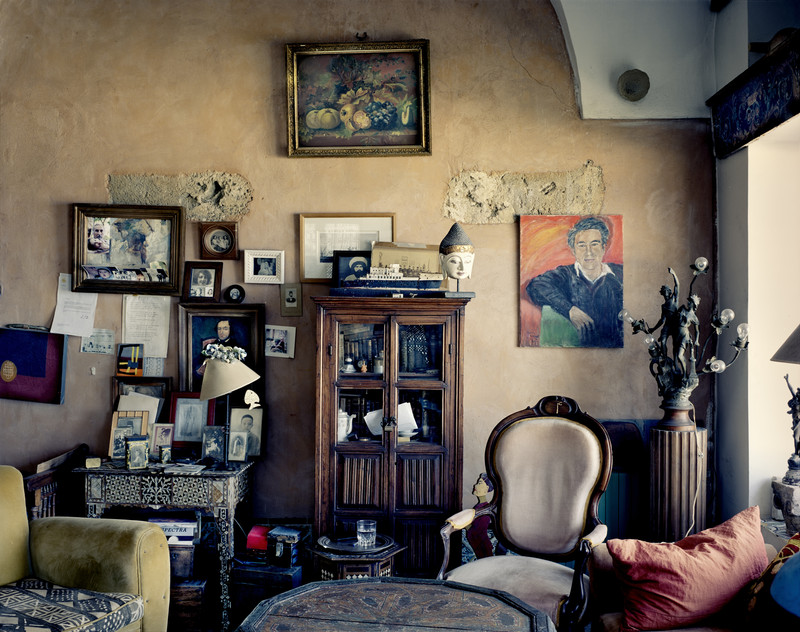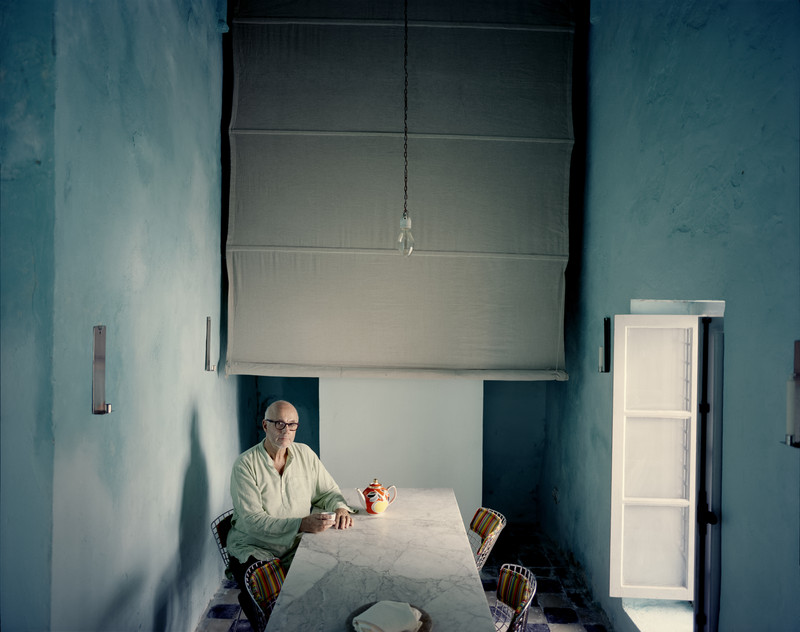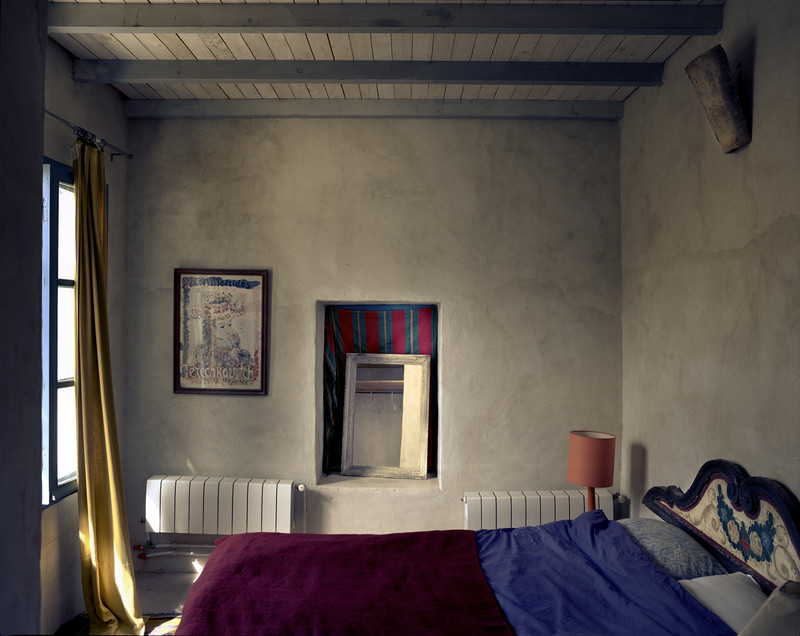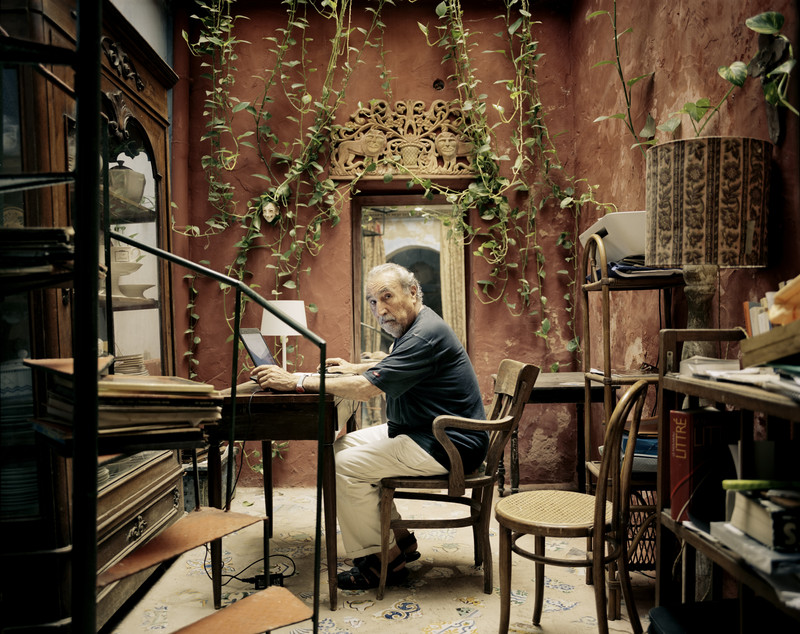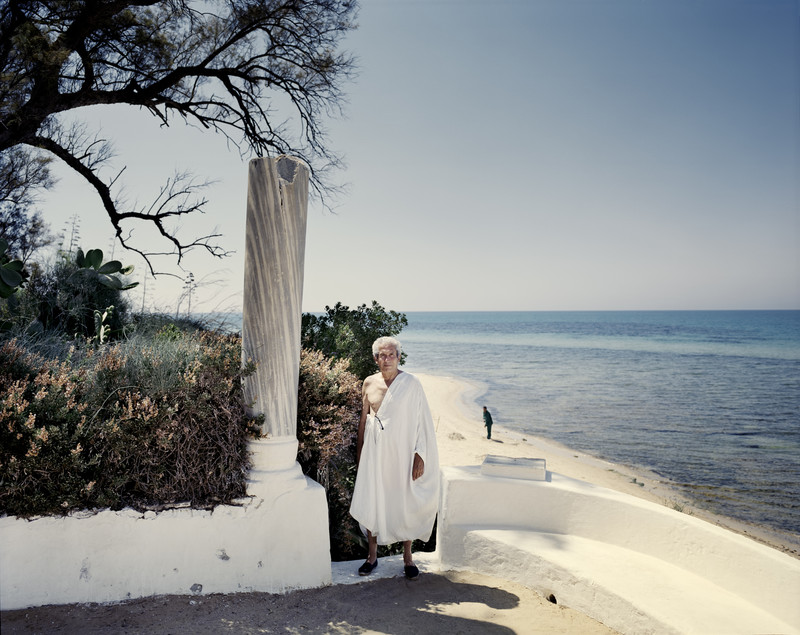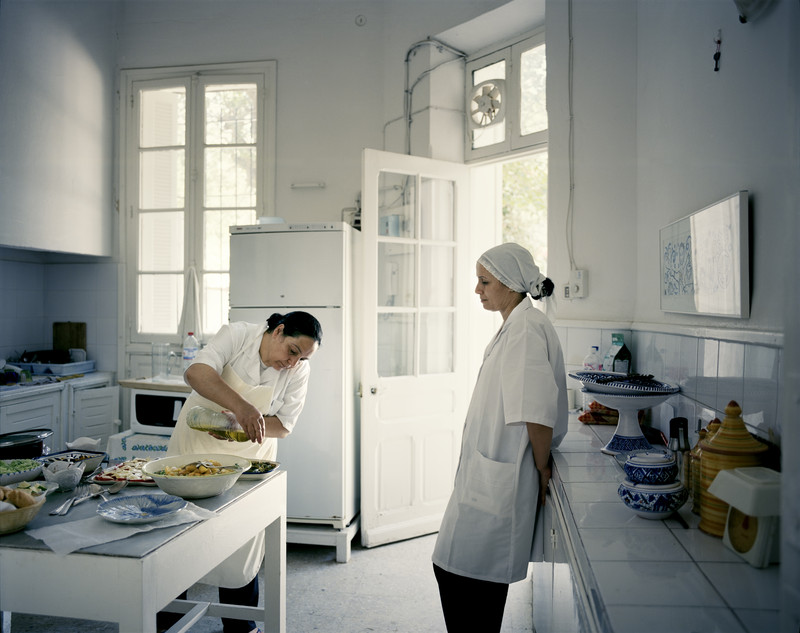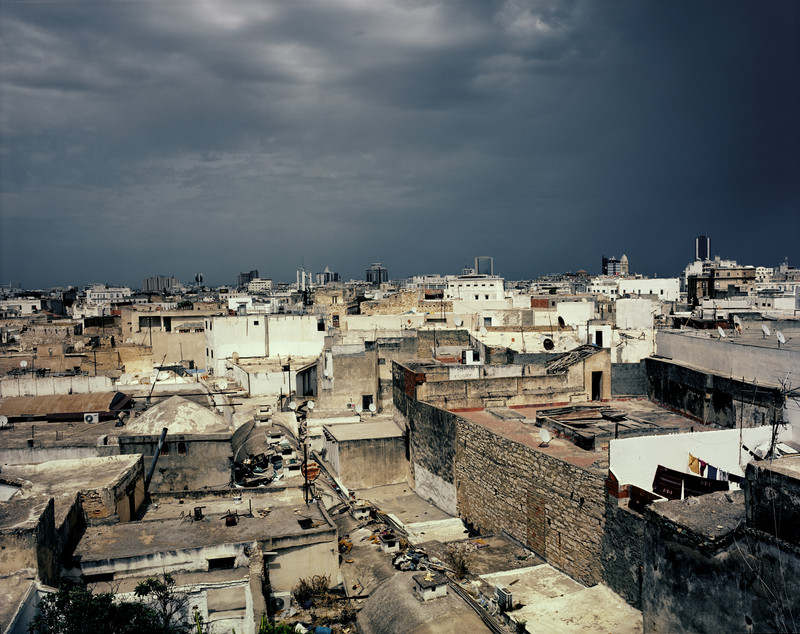Tunisians
© Joakim EskildsenTunisia, Through the Eyes of Its Artists and Intellectuals
TUNISIA IN THE MIDDLE of summer has a stubborn, marine insouciance about it. Everything in the capital city of Tunis seems defined by the endless coast, by the unutterable, swimming-pool warmth of the Mediterranean Sea. Moving inward from the idyllic beaches, the city’s center maintains an Old World charm, split between the sinuous market quarter that is the medina, and a grid of avenues originally planned by the French in the late 1800s.
Just an hour southeast from the center, past the grittier southern suburbs where much Tunisian hip-hop comes from, past olive groves and vineyards, one reaches what could pass for a different continent altogether: the weekend destination of Hammamet, full of old villas, long stretches of placid, perfect beach and Tunis’s more licentious side, where D.J.s play their sets to drunken crowds through the dawn.
It can feel easy here to forget the seriousness of the events that have overtaken the country since January 2011, when it was the site of the first revolution in what became known as the “Arab Spring.” Alongside the dismantling of its autocratic government, the subsequent adoption of a new constitution and the uneasy attempts to forge a new democracy, Tunisia has been the unnerved witness to a handful of disturbing terrorist attacks. The paradox of contemporary Tunisia is that it is a seaside tourist destination that, according to a 2015 report by the security-intelligence firm the Soufan Group, has seen, proportionally to its population, more of its people leave to join jihadists in Syria, Libya and Iraq than any other nation. (The Tunisian Ministry of the Interior has disputed the figures in this report.) Since 2011, Tunis has been both the epicenter of dramatic upheavals to the way of life in the Arab world, and a kind of respite from these convulsions. It is a country that has one foot in political fervor, and the other in a dolce far niente lifestyle that is often asserted with no small amount of pride by the people here. Sicily is about 90 miles away, a fact that is keenly apparent on the heavenly coast, though one is never far from a reminder that, merely five years ago, the streets of Tunis were crammed with revolutionary crowds.
The events of 2011 took everyone by surprise, giving voice to long-simmering resentments and an intense desire to construct a new way forward. In its ongoing struggle for democracy, Tunisia has since seen more protests — the country has a stubbornly high unemployment rate — but remains the most stable of the countries that went through the Arab Spring. The years following the protests have produced numerous frustrations and tragedies, but there has also been a revolution of a different sort, one more cultural in nature. Being there, I felt as if, cautiously, a vibrant community of artists and intellectuals centered along the coast were rebuilding Tunis in their own image. Possessed of broader avenues for communication and a closer relationship to the surrounding region, a new bohemian culture is rising in Tunisia as the country reconnects with its complicated past, staking out hope, albeit uncertainly, for a better future..........read more on nytimes.com
click to view the complete set of images in the archive

